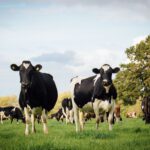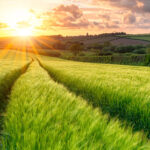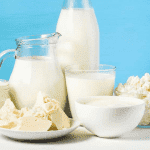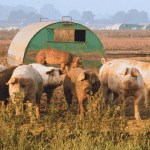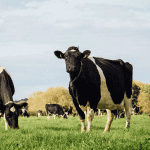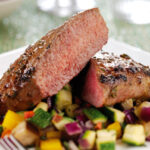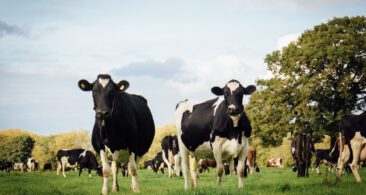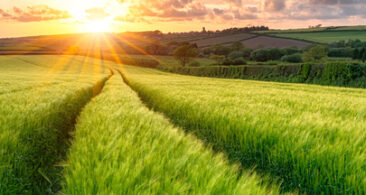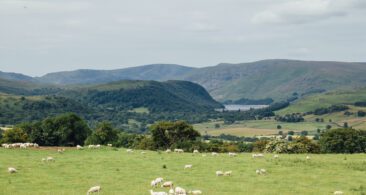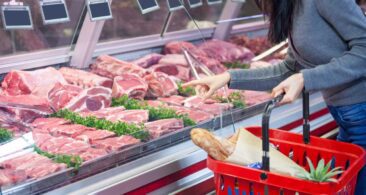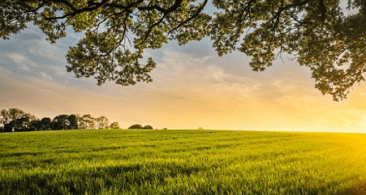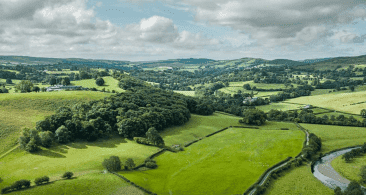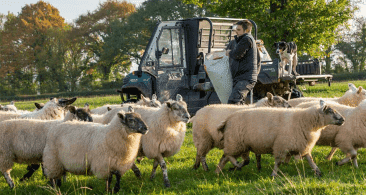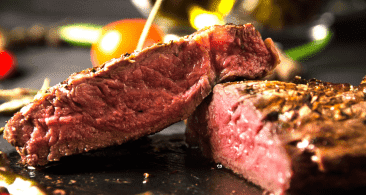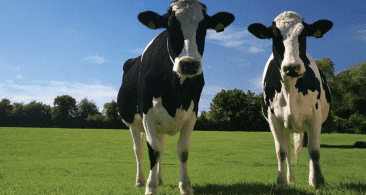The carbon footprint of British milk is nearly a third lower than the global average, making it amongst the most sustainable in the world.
The UK Dairy Roadmap created in 2008, brings together the dairy sector to continuously improve sustainability and provide safe, nutritious, and affordable products for consumers.
What are the goals?
There are two main goals:
- Reach net zero by 2050
- Maintain positive actions which reduce climate warming caused by methane and nitrous oxides
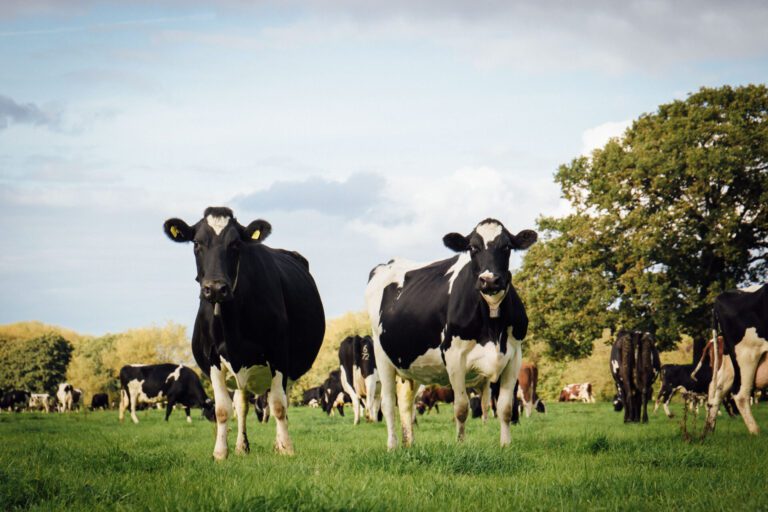
What is a Greenhouse gas?
Greenhouse gases (GHGs) are gases in the earth’s atmosphere that trap heat. During the day, the sun shines through the atmosphere, warming the earth’s surface. At night, the earth’s surface cools, releasing heat back into the air. But some of the heat is trapped by the GHGs in the atmosphere.
Without some GHGs our planet would be very cold and inhospitable. The problem is that humans have increased the amount of GHGs in the atmosphere and this is causing harmful rates of GHG warming. UK agriculture emissions are made up of 55.3% methane, 32.4% nitrous oxide and 12.3% carbon dioxide.
What does it mean to reach net zero, and how is this measured?
The term net zero is becoming increasingly popular in conversations about sustainability. However, it is not often clearly defined or explained in detail, nor is it an easy concept to understand. Below we break it down to make it simple.
To achieve net zero:
- Reduce – Emissions both on farm and from material products and services used, i.e. feed, fuel and fertiliser
- Offset/Inset – To neutralise the impact of any remaining emissions that are technically or economically unfeasible to eliminate by removing an equivalent amount of carbon dioxide through other means, e.g. planting trees as they are natural carbon absorbers
Why is this relevant to the dairy industry?
Dairy farming creates greenhouse gases in several ways, for example:
- When cows digest their food, they naturally emit methane gas when they burp
- Manure emits methane and nitrous oxides
- When artificial fertiliser is used, this can result in emissions of nitrous oxide from the soil
- The use of machinery, chillers and tractors require electricity and diesel that emit carbon dioxide
- Transportation, distribution and employee commuting contribute to GHGs
- Processing produce (e.g., packaging) and any food waste can contribute to GHGs
How are farmers reducing their carbon emissions?
A few ways farmers are reducing their emissions are by:
- Using genetics technologies to breed low methane and high milk producing cows
- Changing the way they store and spread manure
- Investing in and improving grasslands and nature to increase soil carbon
- Converting to renewable fuel sources
Who is involved?
Dairy UK, the National Farmers Union (NFU), and the Agriculture, Horticulture and Development Board (AHDB) have all joined forces and aligned themselves with a global network for sustainable dairy. There is also additional support from DEFRA (Department of Environment, Food and Rural Affairs) and other industry stakeholders.
How does this plan benefit dairy sustainability?
With this new plan, the UK are reporting across the Dairy Sustainability Frameworks, on up to 11 indicators and strategic intents, meaning that all reports are more valuable and will show more clearly the progress toward meeting the net-zero goal, which means the industry can show constant and consistent improvements.
Signing up for the DSF (Dairy Sustainability Framework) allows British farmers to better understand where the UK ranks in sustainability, allowing us to be compared globally.
Want to learn more about farming and sustainability? Click here.
